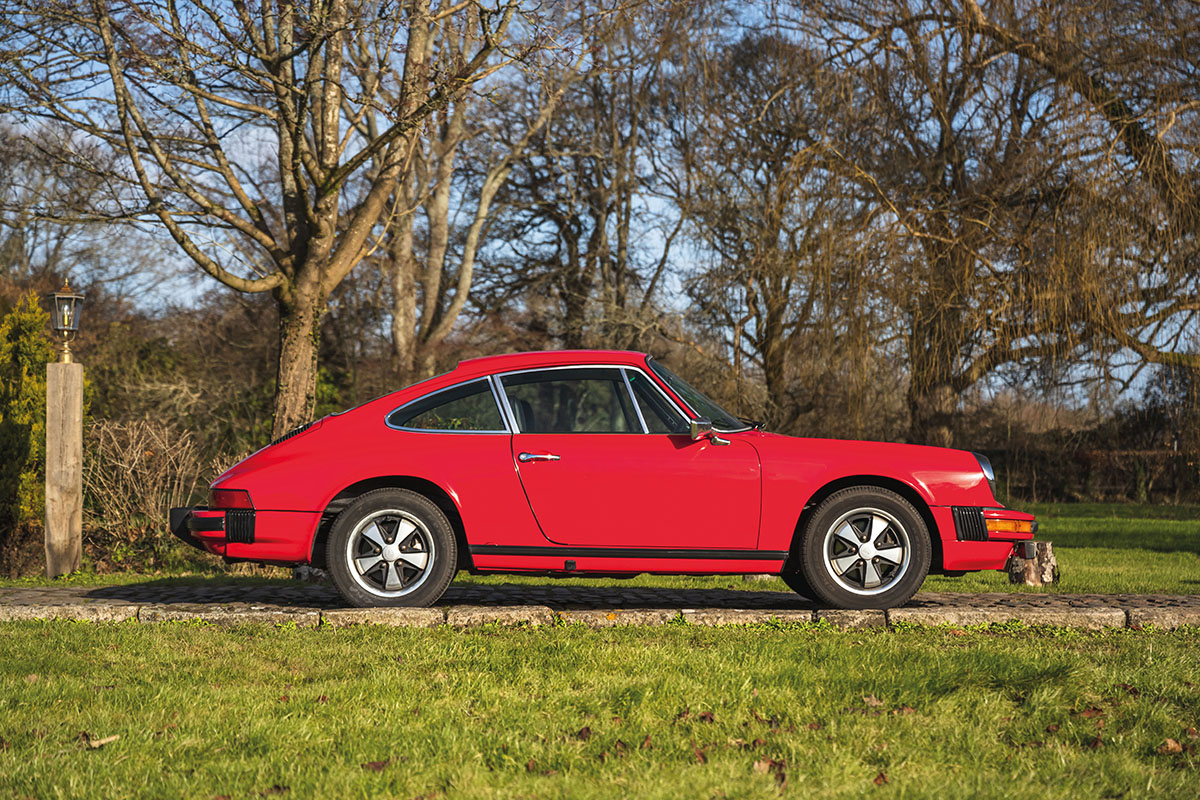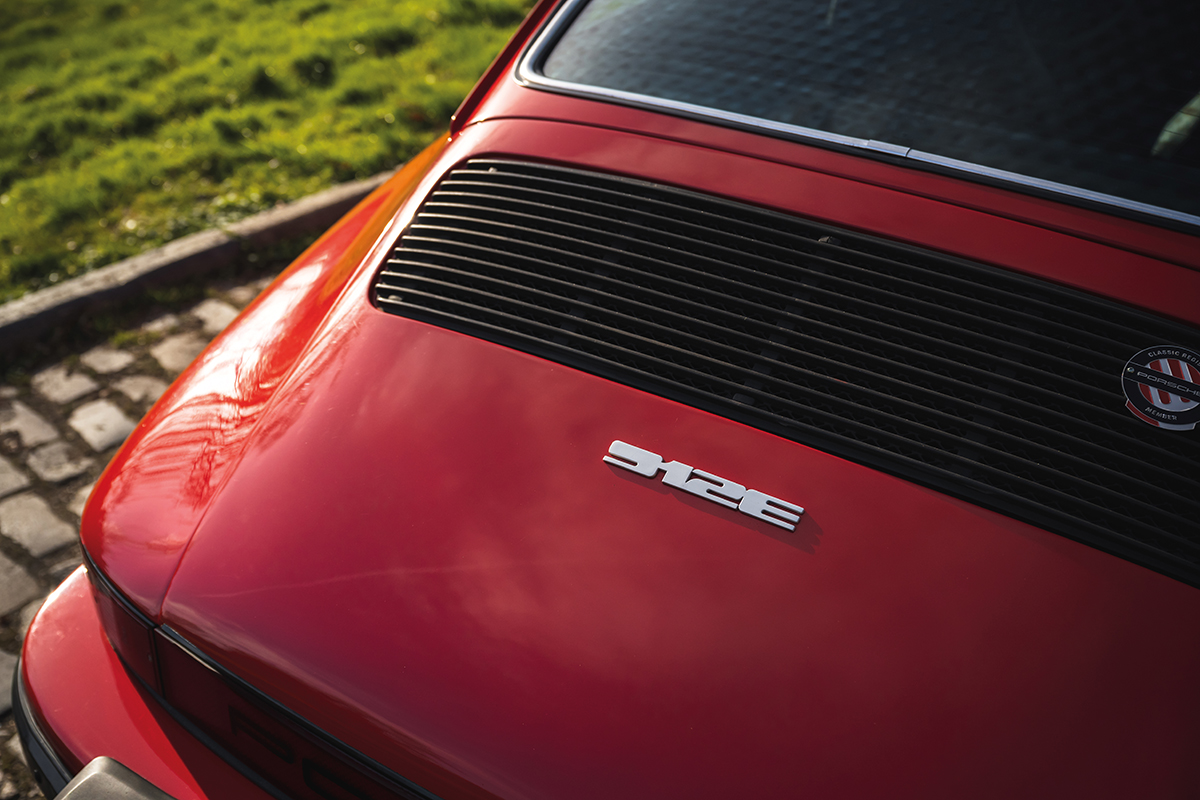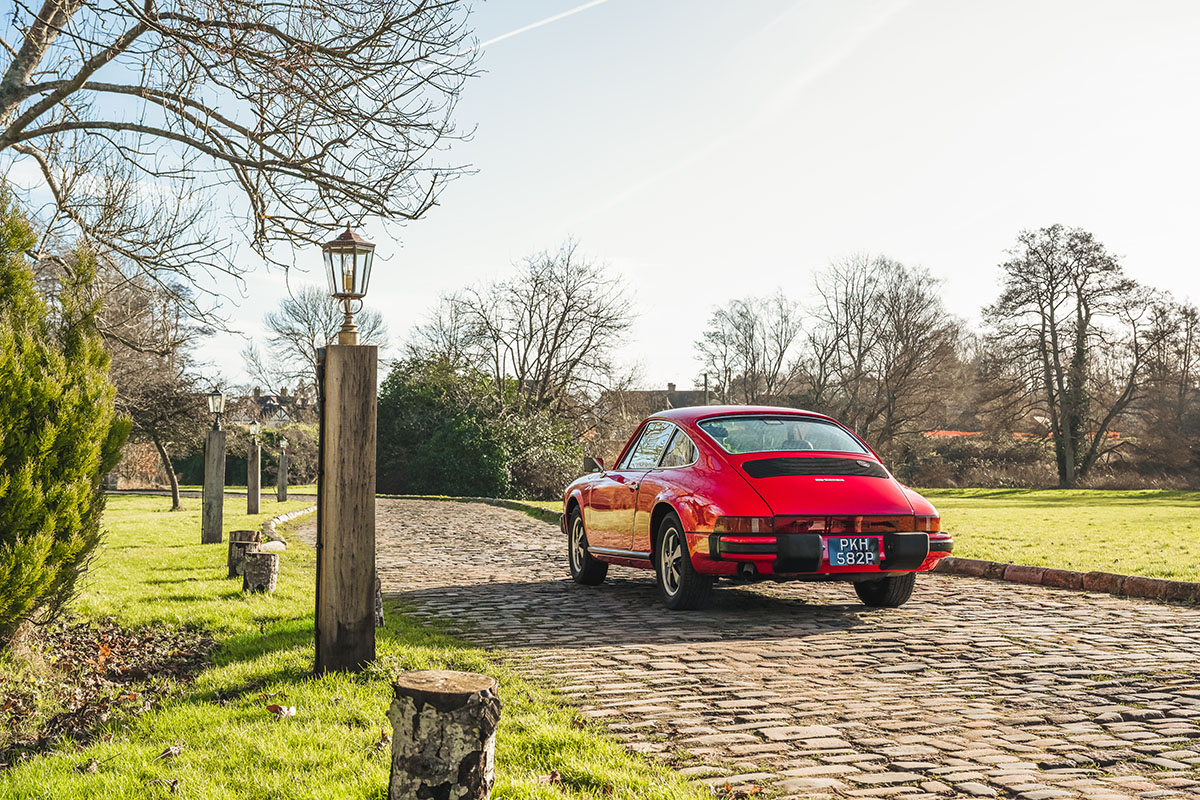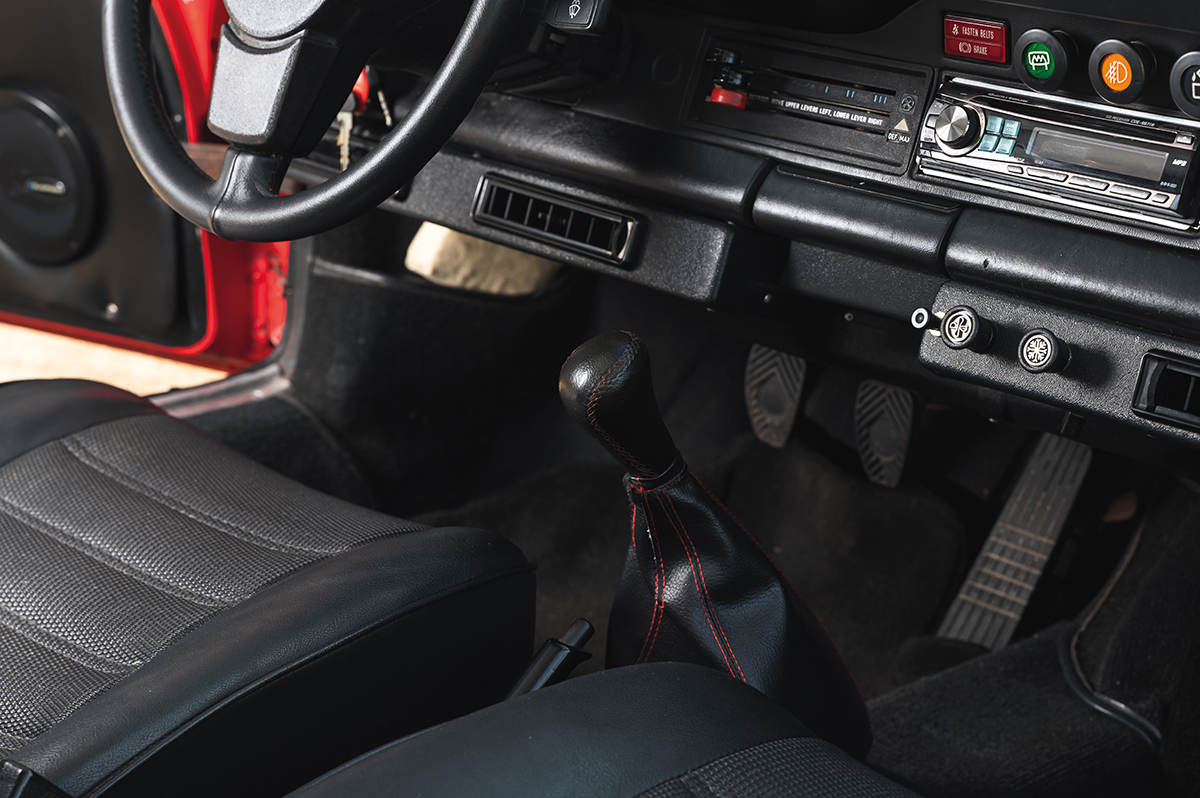While Porsche is no stranger to selling expensive, high-performance cars, it has also, over the years, mastered the dark art of diffusion – selling a more affordable entry-level model that enjoys wider reach, increasing profits while acting as a gateway drug.
The first proper example of this was the 912, a car that arrived a year after the original 911 sporting a four-cylinder engine from the outgoing 356C. This was followed by the 914, Porsche’s politically complex collaboration with Volkswagen that once again majored in lower-powered four-pots and price tags to match. When 914 production was wound down in 1975, it was done to make way for another entry-level Porsche with four cylinders and Volkswagen heritage. The radical new 924 was unveiled to the international press at a glamorous event in southern France in the winter of 1975, but had they been a little hasty?

The development of the 924 was delayed by Volkswagen’s decision to withdraw its interest and Porsche’s tricky negotiated settlement to assume complete control of the project. Despite an eagerness to share its vision for a future entry-level model with the world, Porsche was forced to accept that the 924 would not be ready for showrooms in time to fill the hole left by the outgoing 914.
This left the core American market the best part of a calendar year without an entry-level option, risking driving prospective customers to alternative European or domestic brands and leaving a potentially significant dent in Porsche’s annual takings. More than 60,000 914s had been sold in the final three years of its production, the overwhelming majority of which were sent Stateside. This was a tap Porsche simply could not afford to turn off.

What followed was an unusual and – thus far – unique proposition: Porsche would create an entirely new model with the intention of pulling the plug on it just one year later. In the context of complex, far-sighted design, production and marketing strategies, this was almost unthinkable, even by 1970s standards.
But Porsche had a template, of course. The original 912, built from 1965 to 1969, had outsold the 911 almost two to one in 1966 and actually grew that margin the following year. A list price in period of just under £2,500 saw it undercut its six-cylinder contemporary by around 16 per cent while offering better fuel economy and less wayward on-the-limit handling. By the time Porsche replaced it with the 914, it had sold well over 30,000 examples worldwide. So, demand for a more affordable iteration of the 911 was well proven, as was the way to go about it.

By 1975, the impact bumpers and extra 150kg of the 911’s G-Series bodyshell might have made sourcing a suitable powerplant a challenge, but Porsche already had something up its sleeve. The costly and unsuccessful 914/6 had been replaced in 1973 by 2.0-litre four-cylinder models using a fuel-injected Volkswagen Type 4 unit. This compact flat-four made a not-unrespectable 90bhp at 4,900rpm and 133Nm of torque while returning highly competitive fuel economy. Affordable and in plentiful supply, this was the perfect stop-gap solution to Porsche’s powertrain conundrum.
The addition of Bosch L-Jetronic fuel injection to the Type 4 also enabled it to meet ever-more-stringent US emissions regulations while maximising output and efficiency. The 912E (E for Einspritzung, the German for fuel injection) arrived at 60mph in a fairly sedate 11 seconds and ran out of puff at 115mph, but period road tests saw 30mpg and customers reported achieving up to 600 miles on a tank. The reduced size and weight of its rear-mounted engine also made for a more neutral driving experience, with little or none of the lift-off oversteer still associated with its big brother. The 912E was economical, reassuring and surprisingly refined.

Less could still prove to be more, then. In 1976, the 912E was launched exclusively in North America with a $10,845 sticker price, more than $3,000 cheaper than the 3.0-litre 911 Carrera. For that, you were forced to make do with steel wheels and domed hubcaps as standard, while a clock in your five-gauge binnacle, electric windows and an automatic radio aerial were cost options. Cars could, however, be ordered with air-conditioning, power sunroof, Fuchs alloys and even a limited slip diff, the last seemingly optimistic on a car with a 100 per cent deficit in both power and torque over the contemporary 911.
In the end, just 2,099 912Es were delivered before the 924 was ready and every last one was shipped across the pond. Performance cars they were not, but what they represented was, in many ways, the absolute essence of Porsche. Conceived in a short timeframe and in response to a problem, here was a car that, much like the 356 that enshrined the Porsche philosophy 30 years prior, made the best of what was available and fastidiously reengineered it to maximise its potential. Against today’s backdrop of ever greater and ever more pointless headline performance figures and the stark realities of a semi-permanent fuel crisis, the simple, economical genius of the 912E is hard to deny.